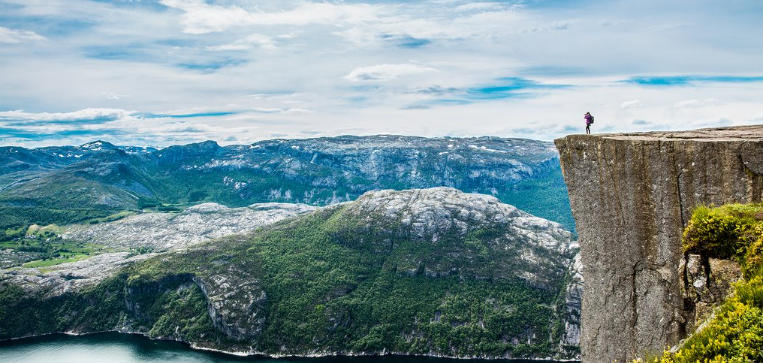Exploring Norway’s Diverse Landscapes: A Natural Masterpiece
Norway is renowned for its breathtaking landscapes, showcasing an incredible variety of natural wonders from majestic fjords to rugged mountains and expansive forests. Understanding why Norway’s terrain is so diverse not only enhances our appreciation of this stunning country but also highlights the unique geological processes that have shaped it over millennia. Let’s delve into the factors contributing to Norway’s varied landscapes.
The Impact of Glaciation
One of the most significant influences on Norway’s topography is glaciation. During the last Ice Age, massive glaciers swept across the region, carving out deep fjords and valleys as they advanced and retreated. This glacial activity left behind a rugged terrain, characterized by steep cliffs and deep water bodies. The iconic Geirangerfjord and Nærøyfjord, both UNESCO World Heritage sites, are perfect examples of this glacially formed beauty. The scars of the glaciers can still be seen in the unique U-shaped valleys, showcasing nature’s power and artistry.
Varied Geology and Topography
Norway’s complex geology plays a crucial role in its diverse landscapes. The country is composed of ancient rock formations, primarily gneiss and granite, which have been shaped by tectonic forces. The collision of tectonic plates created the mountainous regions, leading to peaks like Galdhøpiggen, the highest mountain in Northern Europe. This geological diversity not only creates stunning vistas but also influences local climates and ecosystems. The mountainous areas receive plenty of snowfall, while the coastal regions boast a milder climate, allowing for lush vegetation and unique wildlife.
Climatic Influences
Climate variation is a significant factor that contributes to the diversity of Norway’s landscapes. The country’s geography, with its extensive coastline, high mountains, and interior plateaus, leads to distinct microclimates. The coastal areas experience a maritime climate with increased precipitation and milder temperatures, while the inland areas have a continental climate, resulting in colder winters and warmer summers. This climatic variety supports a range of ecosystems, from coastal rainforests to alpine tundra. The contrasts create a kaleidoscope of habitats that support rich biodiversity and stunning scenery.
In Closing
Norway’s varied landscapes are a testament to the dynamic forces of nature and the passage of time. From glacial fjords to towering peaks and lush forests, each element tells a story of transformation and resilience. If you’re inspired to explore these awe-inspiring landscapes further, consider planning a visit to experience firsthand the beauty and diversity that Norway has to offer. Embrace the adventure and let nature captivate your senses!

